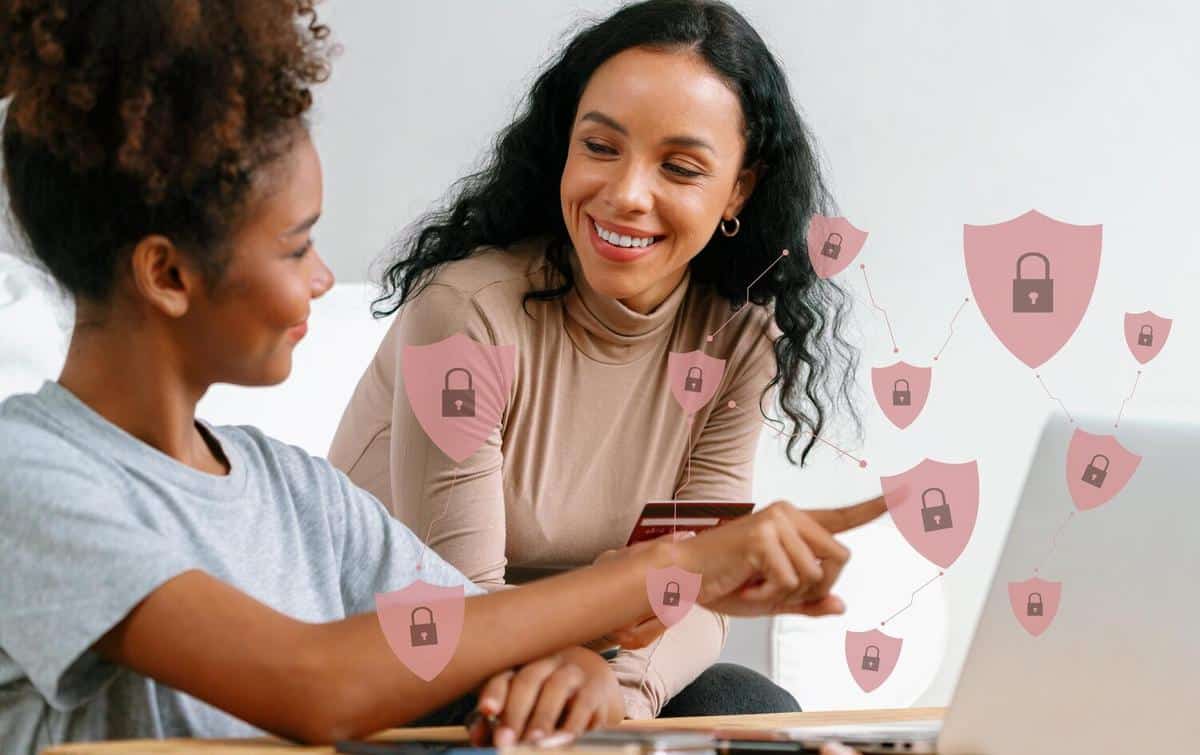
Using VR and AR to Teach Digital Literacy Skills
Virtual Reality (VR) and Augmented Reality (AR) are transforming how we engage with digital literacy, offering immersive experiences that traditional methods cannot match.
As digital landscapes evolve, teaching digital literacy skills becomes increasingly vital. VR and AR are emerging as powerful tools, reshaping education by providing hands-on experiences. According to a report by PwC, VR and AR in education are expected to grow significantly, with an estimated tenfold increase in usage by 2025. These technologies are not just trends; they are becoming integral to effective learning environments.
Why VR and AR Matter in Digital Literacy
VR and AR offer interactive lessons that engage students more deeply than static content. Dr. Chris Dede, a professor at Harvard University, notes that these technologies “enable experiential learning, allowing students to interact with content and concepts in meaningful ways.” This hands-on approach is critical in developing skills such as problem-solving and critical thinking, which are essential components of digital literacy.
Statistics on VR and AR in Education
| Statistic | Detail |
|---|---|
| Growth Rate | 10x increase by 2025 |
| Student Engagement | Improves by 30% |
| Retention Rate | Increases by 60% |
| Accessibility | Expanding in 50% of schools |
| Cost-Effectiveness | Reduces training costs by 30% |
| Global Adoption | Expected in 80 countries |
| Skill Improvement | Enhances digital skills by 40% |
| Teacher Satisfaction | 70% report positive impacts |
Personal Stories: Bringing Lessons to Life
Imagine a classroom where students can explore the intricate details of a computer’s motherboard through AR overlays or journey through a virtual environment to learn coding basics. A teacher in California shares how using VR to simulate digital environments has “transformed her students’ understanding of complex concepts,” making lessons not only educational but memorable.
Actionable Tips for Educators
- Start small by integrating AR apps into existing lessons.
- Utilize VR headsets for virtual field trips.
- Encourage student projects that use AR for presentations.
- Provide training sessions for teachers to familiarize them with the technology.
Experiment with free or low-cost VR and AR resources to test their effectiveness before committing to more extensive investments.
Additional Resources
For educators interested in exploring these technologies, resources such as EdTech Magazine and ISTE offer insights and guidance on implementing VR and AR in classrooms.
FAQs on VR and AR in Education
What is the difference between VR and AR?
VR creates a fully immersive environment, while AR overlays digital content on the real world.
How can VR and AR improve digital literacy?
These technologies provide interactive and engaging ways to understand digital concepts and tools.
Are VR and AR accessible for all schools?
While costs can be a barrier, many free resources and grants are available to help schools adopt these technologies.
Conclusion
Incorporating VR and AR into digital literacy education opens up a world of possibilities. By offering immersive and interactive experiences, these tools can significantly enhance learning outcomes. As technology continues to advance, educators are encouraged to embrace VR and AR to prepare students for a digitally literate future. With the right approach and resources, these technologies can transform the educational landscape, making learning an engaging and dynamic experience for all students.


